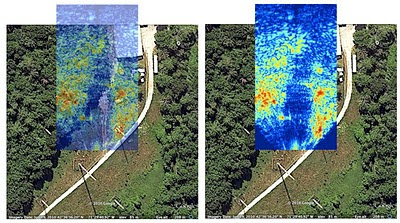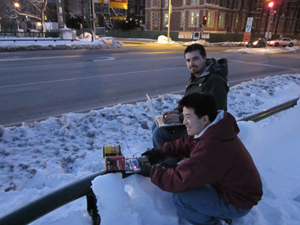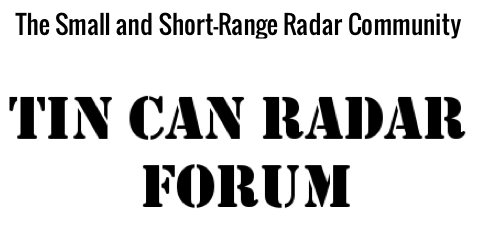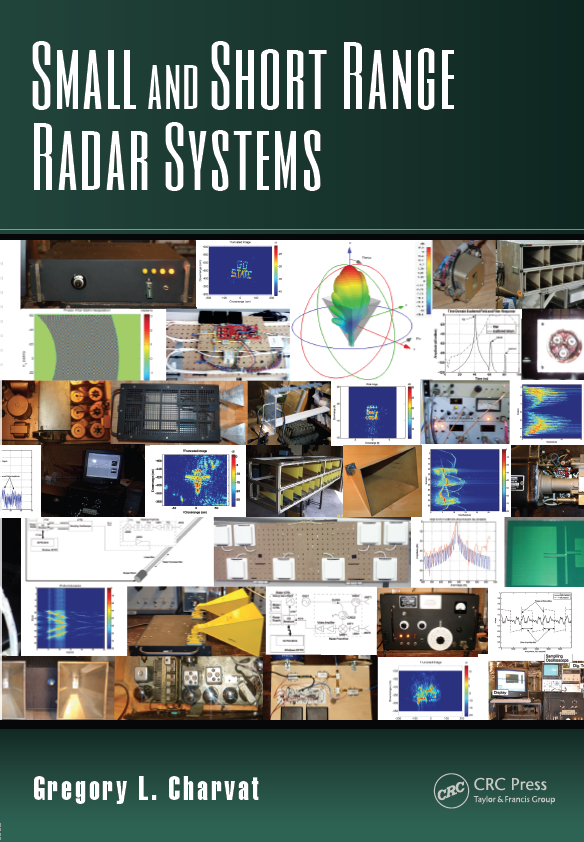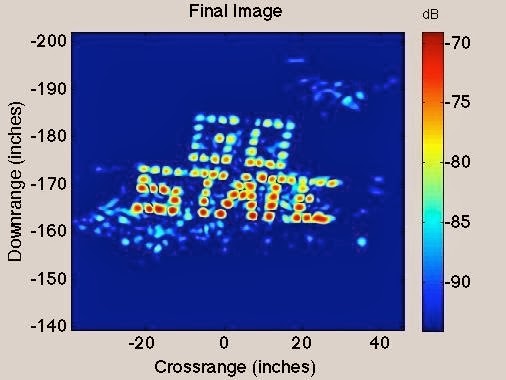


Tony Hyun Kim, Nevada Sanchez, and Paresh Malalur have won the SAR imaging contest for the 2011 MIT IAP radar course.
Their winning SAR image is of the outdoor statue by Alexander Calder, La Grande Voile (The Big Sail), 1965, Painted steel, 480 in. high (shown above). This is one of the most beautiful SAR images i have seen! (also, it is not bad for a radar built out of coffee cans and that plugs into your laptop audio input)
As you can see, this group built their own linear rail to acquire the image. They have acquired numerous other SAR images including some of the Stata center and other MIT landmark buildings.
Check out their site for more fascinating imagery from around the MIT campus.
